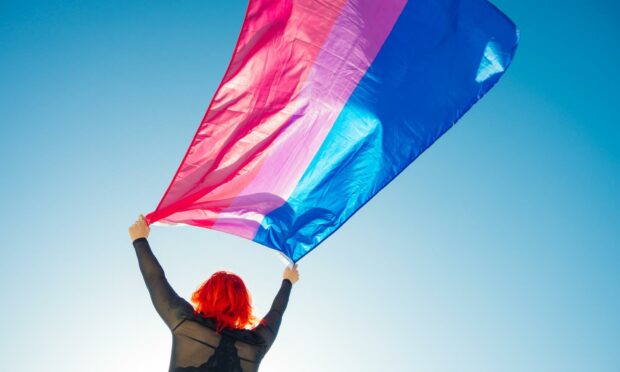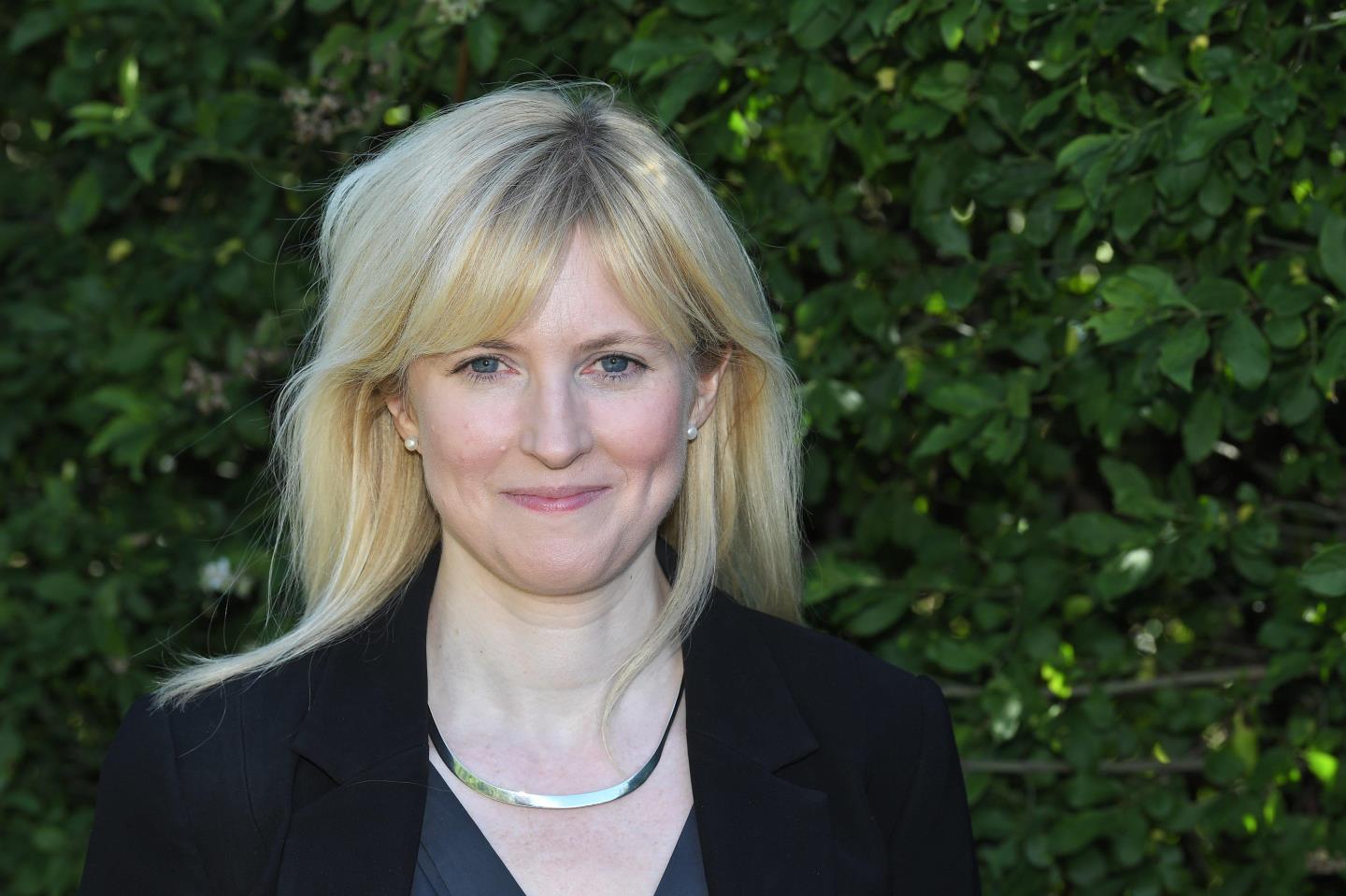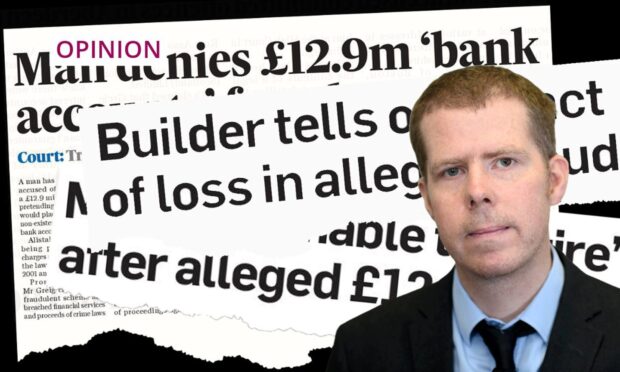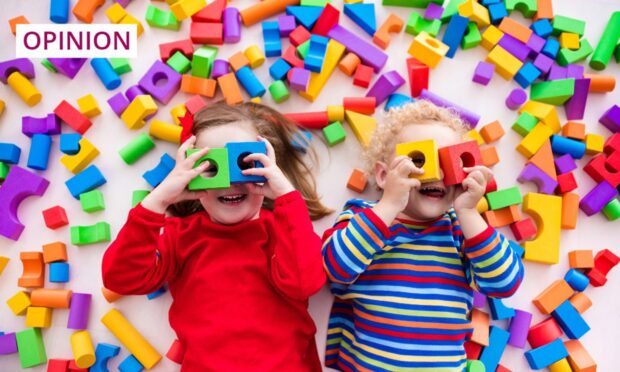Labour MP Rosie Duffield says she has been made to feel unwelcome at the party’s annual conference because of her views on trans women.
She says she feared being attacked – which is obviously horrible, even to feel – and being the centre of attention. I know this last part because I heard her being interviewed on the Today programme about it recently.
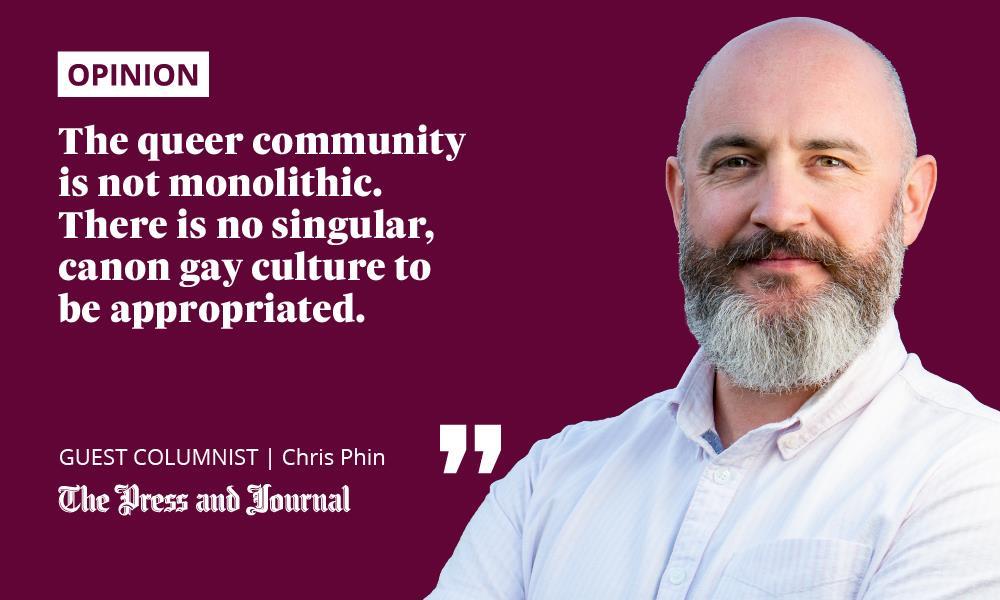
This isn’t a comment piece about trans women. This is a comment piece about this line from Duffield’s interview: “There are men, activists, out there who are married to women who call themselves the Q word, and they appropriate gay culture in a way that is deeply offensive to quite a lot in the gay movement, the gay rights movement.”
“The Q word” there is, we assume, “queer”. I gladly acknowledge that there are some – often older people who lived and fought and lost friends and lovers during a time when “queer” was only ever a slur and a precursor to violence – who do not like the term, and are hurt and angry when they see it being reappropriated by Gen X and millennials who are lesbian, gay, trans, bi, intersex or any of the other hues under the rainbow. I, though, think it’s a useful and inclusive label, and it’s one I’m proud to wear.
But that’s not really the point Duffield was making. She sought instead to invalidate the views of inconvenient people she thinks are not bona fide gays at all. Not gays like the several gay friends she referred to, whose authenticity is presumably above reproach. (Is there an exam? Does it have an oral component?)
Plenty of queer men are married to women
I know – I promise you I understand – that, to many, a man who is married to a woman must be straight, and thus must be lying or disingenuous, in Duffield’s eyes, if he identifies as queer. But setting aside those men who haven’t yet acknowledged their non-straight identity, even to themselves, there are still plenty of queer men who might be married to a woman.
Trans men – often ignored out of political expediency in the conversation about trans people – are one group. A trans man is someone who (and I’m going to use outdated and disrespectful language here, in the service of clarity for a broad audience) was born female and transitioned to male. If he then marries a woman, he’s still queer, if he chooses that label.
Non-binary, gender-fluid and gender non-conforming people – individuals who don’t conform to the gender binary of “man” and “woman” – but nevertheless, always or sporadically, identify as men can marry women and still call themselves queer.
Intersex people who identify as men can marry women and call themselves queer.
Utterly conventional, traditional, cisgender men who only experience sexual and romantic attraction to women could, nevertheless, still be queer. It might be that he’s ethically polyamorous (has multiple partners) or that he’s on the asexual or aromantic scale, since his experience of sexual or romantic attraction is non-traditional. These are valid queer identities.
There is no canon gay culture
It’s probably less likely that this straightest of straight-seeming man would identify as queer, but he can. I’d argue he has more in common, in his fight to be understood, respected and accommodated, with another queer person than with his heterosexual, cisgender, monosexual peers.
“The queer community I’m a part of understands we have more in common than that which divides us. And we won’t be divided
It may surprise some readers to learn that the medical establishment uses “men who have sex with men” rather than “gay” or “bi” in relevant healthcare because there are men who have sex with other men but who still see themselves as straight.
And then there’s bi men, of particular relevance during Bisexual Awareness Week (September 16-23). “Bi+” is a term that encapsulates bisexual, pansexual, omnisexual and a range of other identities.
Get me drunk – in a bar where I won’t get beaten up – and I’ll tell you all about the differences. But, for now, let’s just say it means feeling attraction to more than one gender. So you can be a bi man, married to a woman, and still call yourself queer. Indeed, your queer identity might be even more precious to you, because though you outwardly present as straight, you know that’s a lie.
None of the situations I’ve described here are lies, though, Rosie Duffield. Nor are any of the other countless reasons a man might call himself queer while being married to a woman. And if he chooses, as I do, to fight hateful and divisive rhetoric that denies trans people their dignity and safety, his views are, at worst, no less valid than those of your convenient gay friends.
The queer community is not monolithic. There is no singular, canon gay culture to be appropriated, preposterous and offensive as that accusation is.
The queer community I’m a part of understands we have more in common than that which divides us. And we won’t be divided.
Chris Phin is head of podcasts for DC Thomson Media
